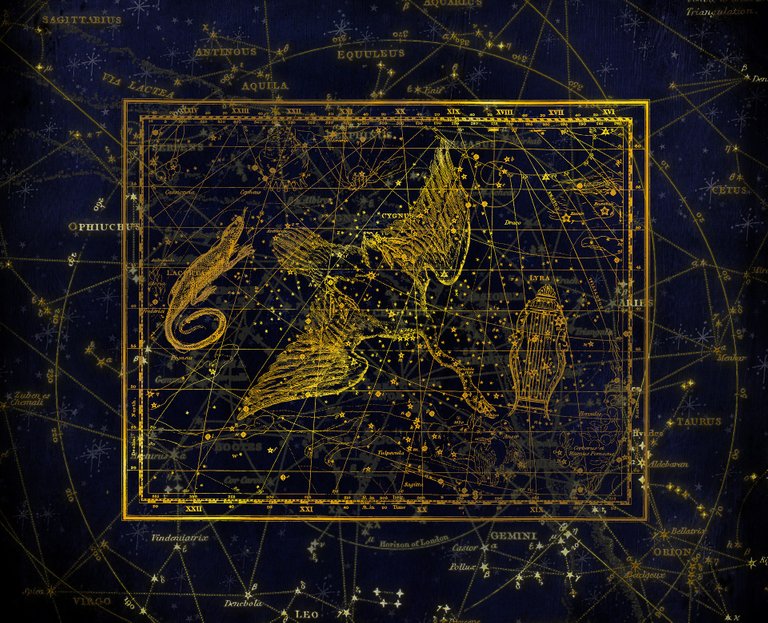The First Known Black Hole Is Bigger Than We Thought
Many of you will know the black hole Cygnus X-1. But that doesn’t mean it’s a boring black hole. Research shows that it is two times more massive than we thought and about a thousand light-years further away.

Image by DarkmoonArt_de from Pixabay
- Be also sure to check out my other posts and follow me @kralizec and subscribe to my Youtube channel at Kralizec Gaming Youtube Channel
We have known of black holes for a long time. But for much of that time, it was all theoretical. It took us long decades before we found a strong source of x-ray radiation in the Cygnus constellation known as Cygnus X-1 was accepted by the scientific community as the first discovered stellar size black hole in 1973.
Just a year later Kip Thorne made his now-legendary bet with Stephen Hawking. Hawking claimed that Cygnus X-1 is not a black hole and it took him until 1990 to accept his defeat. Now we know that Cygnus X-1 is a massive x-ray binary star that includes an O-type blue giant and a very massive yet very small object that is most likely a black hole. Cygnus X-1 is a popular target for observations and thus is one of the most researched objects of this type. But that doesn’t mean it cannot surprise us.
James Miller-Jones from the Curtin University in Australia led an international team that used the Very Long Baseline Array radio-telescope network that can be found across the American continent to perform detailed measurements of how far Cygnus X-1 actually is. They observed the black hole for 6 days during which the black hole orbits the blue giant. Then they compared the data with observations by the same radio-telescope network from 2011.
Their research suggests that the Cygnus X-1 black hole is more than 20 times more massive than the Sun. That’s roughly twice as much mass than we previously presumed. And according to their calculations, it is 7,100 light-years away from Earth making it 1,000 light-years further away than we thought previously.
The researchers are convinced that this black hole was created from a gigantic star that had a mass of roughly 60 Suns and it collapsed into black hole tenths of thousands of years ago. The scientists also found out that the black hole is rotating very rapidly – at a speed close to the speed of light making it the fastest rotating black hole we know of.
If their calculations and ideas are correct that Cygnus X-1 is the most massive stellar size black hole we detected without observing gravitational waves. Truthfully, if it is so massive it is right at the edge of our theories about black holes.
Sources:
- If you like the content I’m producing about science maybe you will like the content I produce about gaming as well! Be sure to check out my other posts!
ZERION Airdroping 400 HIVE
HIVE Staking Will Be Live Soon
Join zerion for early access and 400 HIVE Airdrop
HIve also enters to Defi one step into the future
For More Details and Airdrop click here
Black holes are very fascinating. I always have to take some of these claims with a grain of salt however. It never ceases to amaze me how scientists can claim certain things with " a high degree of certainty" and then come back a few years later and make massively different claims. I get that technology improves so they may have "better" measuring tools, but literally doubling the size of something that big in only 10 years and moving it another 1000 light years further away are HUGE, GIGANTIC, EPIC miscalculations on their part to begin with. I mean 1 light year is a massive distance. To be off by 1000? Sorry. Not buying it yet. In other words, they're just guessing. They do the same with rocks. This rock is 440 billion years old. A year later. Whoops, it's only 300 billion years old. Oh, so you're telling me you were only off by 140 BILLION years? Good one.